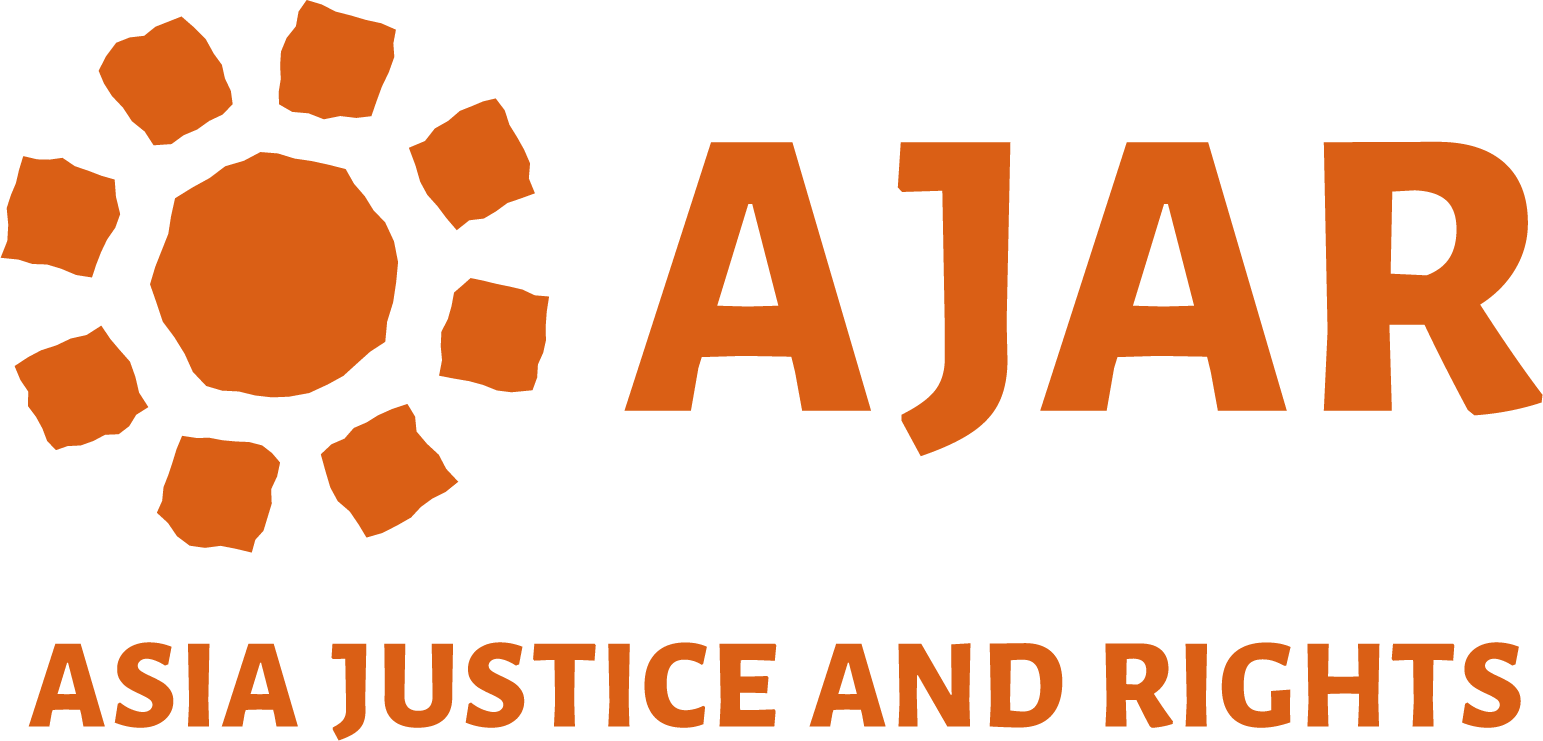International courts take one of two forms—ad hoc or permanent.
နိုင်ငံတကာတရားရုံးများသည် အရေးပေါ်အခြေအနေအရ ဖွဲ့စည်းသည့် အထူးတရားရုံး သို့မဟုတ် အမြဲတမ်းတရားရုံး စသည့် ပုံစံနှစ်မျိုးအနက်မှ ပုံစံတစ်မျိုးအနေဖြင့် ဖွဲ့စည်းကြသည်။
As a response to reports of mass human rights violations, the UN Security Council established two ad hoc international criminal tribunals. In 1993, it established the International Criminal Tribunal for the former Yugoslavia (ICTY) to address violations accompanying the breakup of Yugoslavia. In 1994, the UN Security Council established the International Criminal Tribunal for Rwanda (ICTR) to prosecute those most responsible for Rwanda’s 1994 genocide.
အစုအပြုံလိုက် လူ့အခွင့်အရေး ချိုးဖောက်မှု အစီရင်ခံချက်များအား အရေးယူဆောင်ရွက်ချက်တစ်ခုအဖြစ် ကုလသမဂ္ဂ လုံခြုံရေးကောင်စီက အပြည်ပြည်ဆိုင်ရာ အထူးရာဇဝတ်ခုံရုံးနှစ်ခုကို ဖွဲ့စည်းတည်ထောင်ခဲ့သည်။ ၁၉၉၃ ခုနှစ်တွင် ယူဂိုဆလားဗီးယားနိုင်ငံ ပြိုကွဲမှုအတွင်း ဥပဒေမဲ့ချိုးဖောက်မှုများအား ဖြေရှင်းရန်အတွက် ယခင်ယူဂိုဆလားဗီးယားနိုင်ငံဆိုင်ရာ အပြည်ပြည်ဆိုင်ရာ ရာဇဝတ်ခုံရုံး (ICTY) ကို တည်ထောင်ခဲ့သည်။ ၁၉၉၄ ခုနှစ်တွင် ကုလသမဂ္ဂလုံခြုံရေးကောင်စီက ရဝမ်ဒါနိုင်ငံအတွင်း ဖြစ်ပွားခဲ့သည့် ၁၉၉၄ ခုနှစ် လူမျိုးတုံးသတ်ဖြတ်မှုအတွက် တာဝန်ရှိသူများအား တရားစွဲဆိုရန်အတွက် ရဝမ်ဒါနိုင်ငံဆိုင်ရာ အပြည်ပြည်ဆိုင်ရာ ရာဇဝတ်ခုံရုံး (International Criminal Tribunal for Rwanda (ICTR)) ကို တည်ထောင်ခဲ့သည်။
The successes and challenges of the temporary ad hoc tribunals laid the groundwork for the development of a more permanent solution: the International Criminal Court (ICC).
ယာယီ အထူးခုံရုံးများ၏ အောင်မြင်မှုများနှင့် စိန်ခေါ်မှုများက အမြဲတမ်းခုံရုံးဖြစ်သည့် အပြည်ပြည်ဆိုင်ရာ ရာဇဝတ်ခုံရုံး (ICC) ပေါ်ပေါက်ရေးအတွက် အခြေခံ အုတ်မြစ်ချပေးခဲ့သည်။
In 1998, 120 countries signed the Rome Statute, the Court’s founding treaty. By 2002, the Rome Statute took effect upon ratification by 60 states, officially establishing the ICC. The Rome Statute identifies the most serious violations of international human rights and humanitarian law for the purposes of exercising jurisdiction. These violations are grouped within the categories of genocide, crimes against humanity, war crimes, and the crime of aggression.
၁၉၉၈ ခုနှစ်တွင် တရားရုံးကို စတင်တည်ထောင်သောစာချုပ်ဖြစ်သည့် ရောမစာချုပ် (Rome Statute) အား နိုင်ငံပေါင်း (၁၂၀) က လက်မှတ်ရေးထိုးခဲ့သည်။ ၂၀၀၂ ခုနှစ် အရောက်တွင် နိုင်ငံပေါင်း ၆၀ ၏ အတည်ပြုချက်ရရှိခဲ့ပြီးနောက် ရောမစာချုပ် အသက်ဝင်လာပြီး အပြည်ပြည်ဆိုင်ရာ ရာဇဝတ်မှုခုံရုံး (ICC) ကို တရားဝင်တည်ထောင်ခဲ့သည်။ တရားစီရင်ပိုင်ခွင့်ကို ကျင့်သုံးနိုင်ရန်အတွက် ရောမစာချုပ်က အပြင်းထန်ဆုံးသော နိုင်ငံတကာ လူ့အခွင့်အရေး ချိုးဖောက်မှုများနှင့် လူသားချင်းစာနာထောက်ထားသည့် ဥပဒေကို ချိုးဖောက်ခြင်းရာဇဝတ်မှုများကို သတ်မှတ်ပြဌာန်းထားသည်။ (မှတ်ချက် – ဆိုလိုသည်မှာ ICC က တရားစီရင်ပိုင်ခွင့်ရှိသော အပြင်းထန်ဆုံး လူ့အခွင့်အရေးချိုးဖောက်မှုနှင့် လူသားချင်းစာနာထောက်ထားမှု ဥပဒေကို ချိုးဖောက်မှုများကို ရောမစာချုပ်တွင် ပြဌာန်းသတ်မှတ်ထားသည်။) ထိုချိုးဖောက်မှုများအား လူမျိုးတုံးသတ်ဖြတ်မှု၊ လူသားမျိုးနွယ်အပေါ်ကျူးလွန်သည့် ရာဇဝတ်မှုများ၊ စစ်ရာဇဝတ်မှုများနှင့် ရန်စကျူးကျော်သည့် ရာဇဝတ်မှုစသည်ဖြင့် အုပ်စုများခွဲထားသည်။
